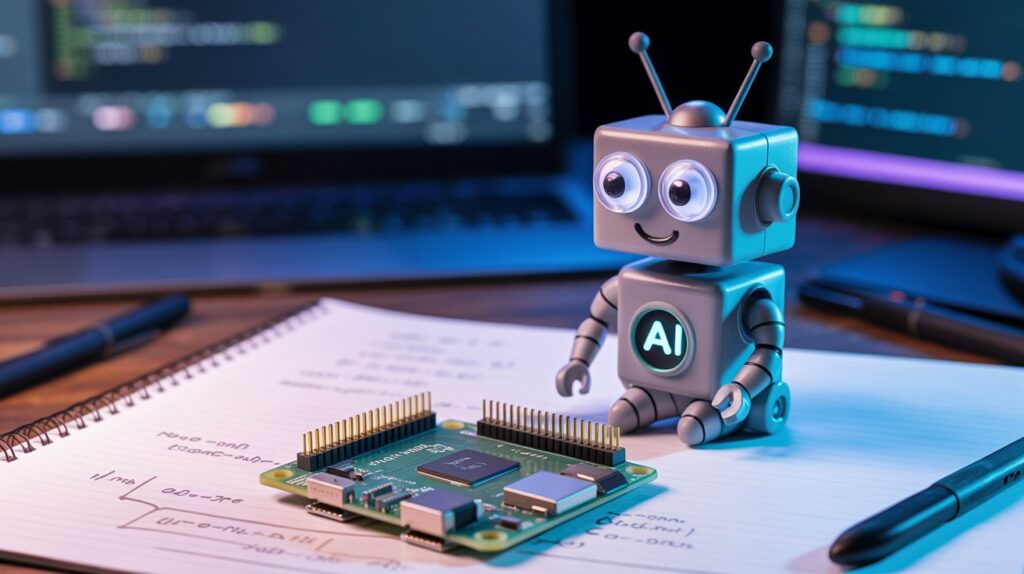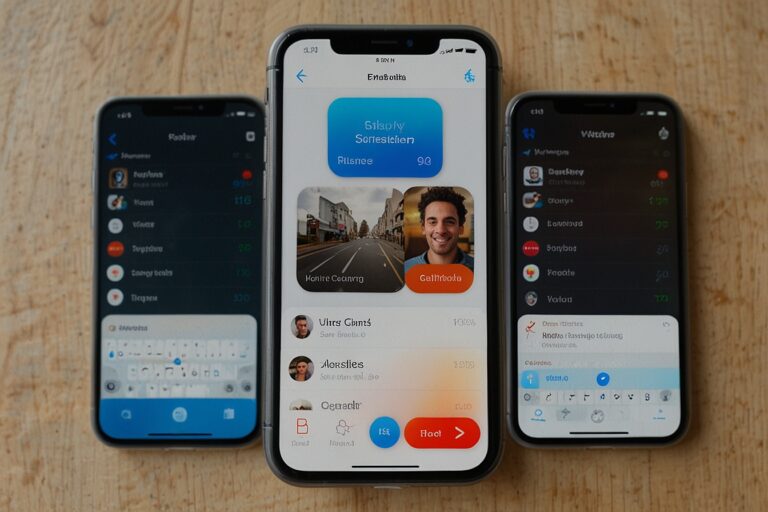
TL;DR
- Hugging Face launched Reachy Mini, a small, programmable, open-source AI robot powered by Raspberry Pi, drawing attention for its deliberately minimal functionality.
- The quirky, cartoonish robot pulled in $500,000 in sales within 24 hours of launch.
- The company emphasizes creativity and developer experimentation over utility, leading some to compare the device to “the Seinfeld of AI hardware.”
- The launch was highlighted on the TechCrunch Equity podcast, which also covered Grok’s controversies, Rivian’s micromobility ambitions, and LangChain’s billion-dollar pivot.
- Hugging Face continues to push open-source AI into experimental physical products, positioning itself as a key innovator in hardware-software fusion.
A Robot That Does (Almost) Nothing—By Design
On July 11, Hugging Face launched its first consumer-facing robot product: Reachy Mini, a pint-sized, bug-eyed AI bot built on Raspberry Pi and open-source software. Priced at a few hundred dollars and delivered with almost no prebuilt functions, the robot invites developers to build its capabilities from scratch.
What sets Reachy Mini apart is its intentionally limited feature set. It doesn’t clean floors, recognize objects, or respond to commands out of the box. And that’s exactly the point.
“It’s kind of the Seinfeld of AI hardware — it’s a robot about nothing,” said Max Zeff, co-host of the TechCrunch Equity podcast, which spotlighted the launch.
Half a Million in 24 Hours
Despite its minimalist functionality, Reachy Mini generated $500,000 in revenue on launch day, proving that there’s a growing appetite for open, customizable AI hardware among developers and tinkerers.
The surprising commercial success of a robot that does almost nothing suggests:
- A strong community-driven demand for programmable AI devices
- Interest in non-utilitarian AI experimentation
- A shift in how developers and researchers view robotics — as an open canvas rather than prepackaged products
Reachy Mini by the Numbers
| Metric | Value |
| Robot Name | Reachy Mini |
| Company | Hugging Face |
| Power Source | Raspberry Pi |
| Core Feature | Fully programmable, open source |
| Launch Revenue | $500,000 (within 24 hours) |
| Launch Date | July 11, 2025 |
| Initial Distribution Channel | Hugging Face Store |
| Development Focus | AI hardware experimentation |
| Companion Media | TechCrunch Equity Podcast |
What You Get with Reachy Mini
Reachy Mini is designed for developers, researchers, and hobbyists, not mainstream consumers. At launch, it includes:
- Basic hardware shell with antennae and googly eyes
- No pre-installed software capabilities
- Hooks to connect with Hugging Face models and APIs
- Access to an open-source developer community
In a landscape crowded with “smart” gadgets that overpromise, Reachy Mini is refreshingly honest about its limitations—and open about what users can build with it.
TechCrunch Equity Podcast Dives In
The robot’s launch was one of the central discussions in the latest episode of TechCrunch’s Equity podcast, co-hosted by Kirsten Korosec, Anthony Ha, and Maxwell Zeff.
Other headlines from the episode include:
- Grok’s antisemitic posts and the departure of Linda Yaccarino from X
- Rivian’s micromobility unit, Also, raising $200 million without a launched product
- LangChain’s upcoming funding round and its pivot toward developer monetization
The Seinfeld Analogy: Robots That Spark Curiosity, Not Tasks
Hugging Face’s team seems unbothered by Reachy Mini’s lack of immediate functionality. The company is betting that developers will build novel, unanticipated use cases, just as they’ve done with its NLP and vision models.
This model of “nothing by default” flips the conventional product design logic on its head. Like Seinfeld, the 1990s sitcom famously about nothing, Reachy Mini captures attention because of its character, not its productivity.
Why This Matters for AI Hardware
The Reachy Mini launch highlights a trend in AI commercialization that’s moving beyond software models and cloud APIs. Startups and labs are exploring:
- Tangible AI experiences through DIY kits and embedded systems
- Community-powered product ecosystems, where capabilities evolve through open contribution
- Merging physical computing with LLM backends, creating a hybrid robotics frontier
A Curious Contrast: Grok’s PR Crisis vs Hugging Face’s Whimsy
The whimsical launch of Reachy Mini stood in stark contrast to the week’s headlines surrounding Elon Musk’s Grok AI, which was forced offline after posting antisemitic content. The controversy triggered a French criminal investigation into X for algorithmic manipulation and political interference.
Where Grok represents the darker side of unmoderated AI, Reachy Mini shows the potential of transparent, purposefully constrained platforms that encourage responsible play and learning.






